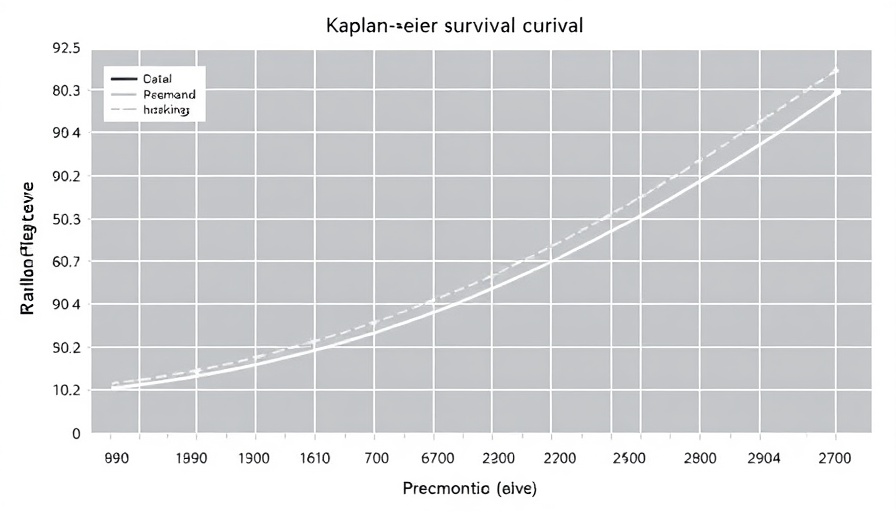
Understanding Hematopoietic Stem Cells and Aging
Aging is an intricate biological process that leads to a decrease in the functional capacity of hematopoietic stem cells (HSCs), which play a critical role in blood regeneration and the immune system's efficiency. This decline often manifests through various hematologic disorders, reflecting a broader complexity regarding how age impacts cellular functions.
Emerging research suggests that while HSCs generally exhibit increased cell size with age, it is not simply the physical dimension that determines their potential. The nuanced relationship between cell size, localization within bone marrow (BM) niches, and stem cell functionality warrants a closer examination, particularly in the context of age-related changes.
The Link Between Size and Stem Cell Functionality
The prevailing hypothesis connects smaller HSCs to a higher functional capacity due to their preferential localization in central niches of the bone marrow. Young mice studies revealed that smaller HSCs are aligned with a myeloid-biased potential, while larger ones tend to lean towards B-lymphoid differentiation and are often found near arteriolar niches. This size-potential association, however, loses its relevance in aged mice, suggesting that traditional metrics may not adequately capture stem cell dynamics in older populations.
This decoupling of size from potential as aging progresses signifies not only biological adjustments but perhaps compensatory mechanisms occurring within the hematopoietic system that challenge standard assumptions about stem cell heterogeneity.
Impact of Cell Size on Hematological Disorders
The increase in the average size of HSCs among older populations correlates with limited regenerative capacities and has implications for hematologic disorders prevalent in aging individuals, including an array of malignancies and immune deficiencies. Understanding these changes at a cellular level opens avenues for potential therapeutic interventions.
Telomerase activation—a focus in the field of longevity research—could contribute to a better comprehension of how aging affects stem cell function, promoting both cell rejuvenation and improved regenerative health. Longer telomeres correspond to better cellular function, and their maintenance may hold keys to improving HSC potential.
Polarity Changes and Their Significance
The study in focus also highlights the role of protein polarity, revealing that changes in polarity not only correlate with the potential of HSCs but remain a critical factor even in senescent cells. This suggests that rather than focusing solely on size, examining the pathways governing polarity and its implications on heterogeneity could lead to novel approaches in regenerative medicine.
Implications for Regenerative Medicine and Healthspan
As the field of regenerative medicine continues to evolve, understanding the nuances of HSC functionality offers profound implications for extending healthspan. Targeting epigenetic factors that influence telomere length and HSC functionality promises to mitigate the adverse impacts of aging.
Future Insights into HSC Research
Looking ahead, the complexity of HSC aging underscores the need for further exploration into the molecular mechanisms that govern their functionality. Continued research into telomere biology, combined with a deeper understanding of HSC niches and their interactions, may well unlock next-generation therapies aimed at promoting longevity and health. We may witness novel strategies that not only rejuvenate aged HSCs but also enhance their functional efficacy, thus revolutionizing our approach to age-associated disorders.
 Add Row
Add Row  Add
Add 




 Add Row
Add Row  Add
Add 


Write A Comment